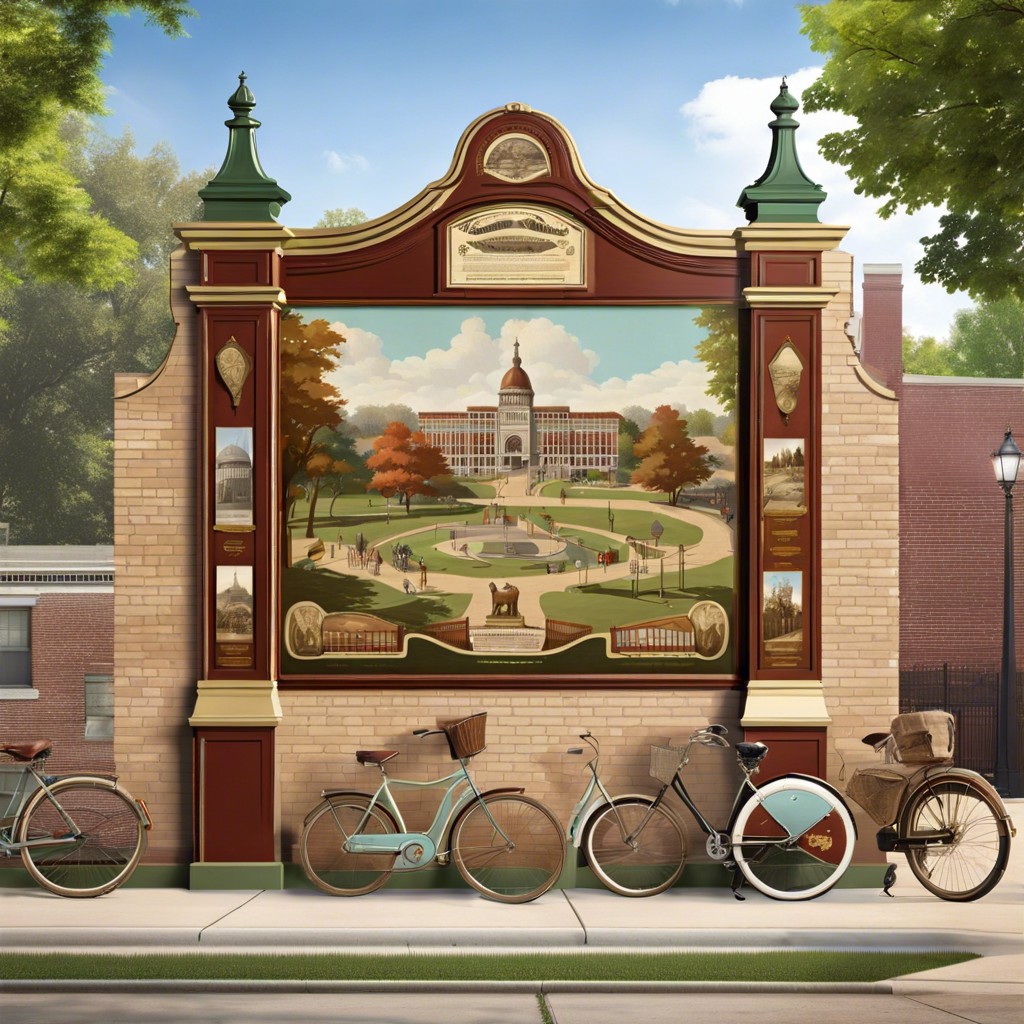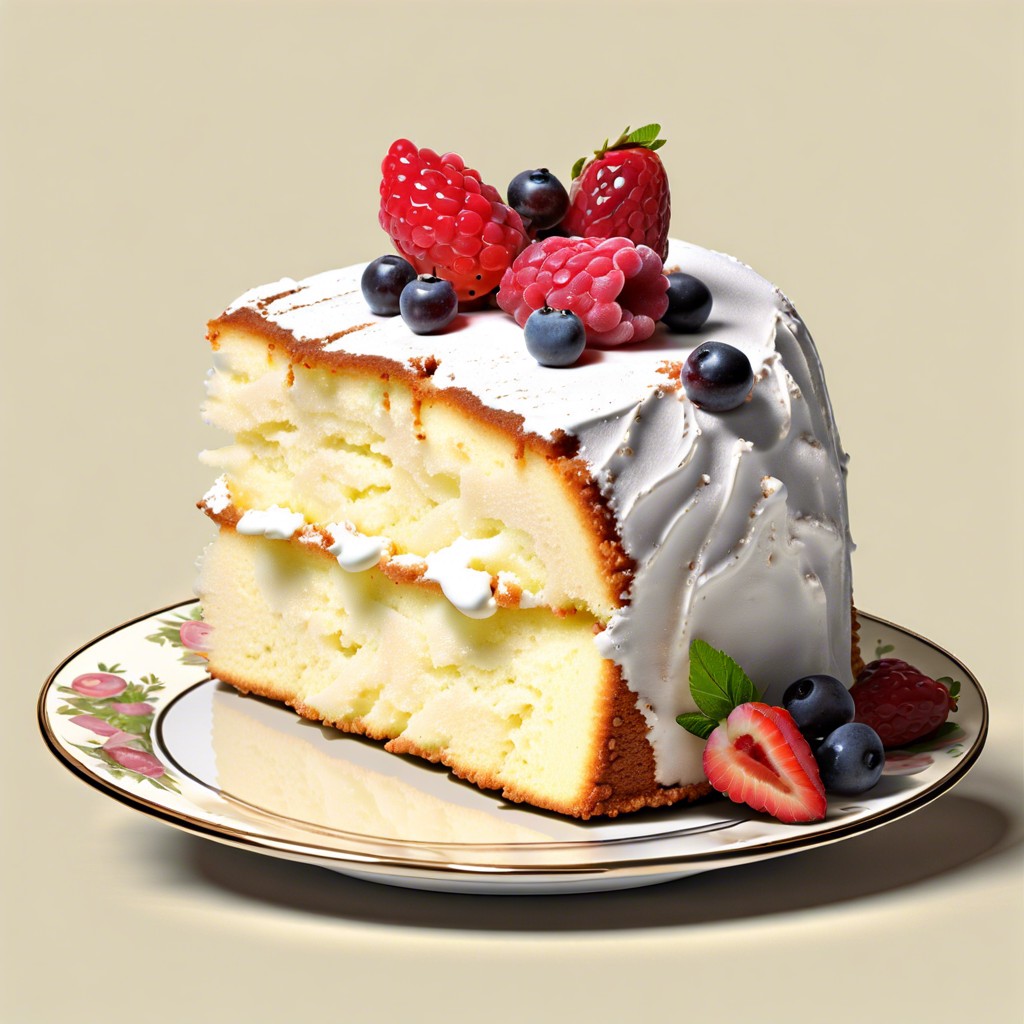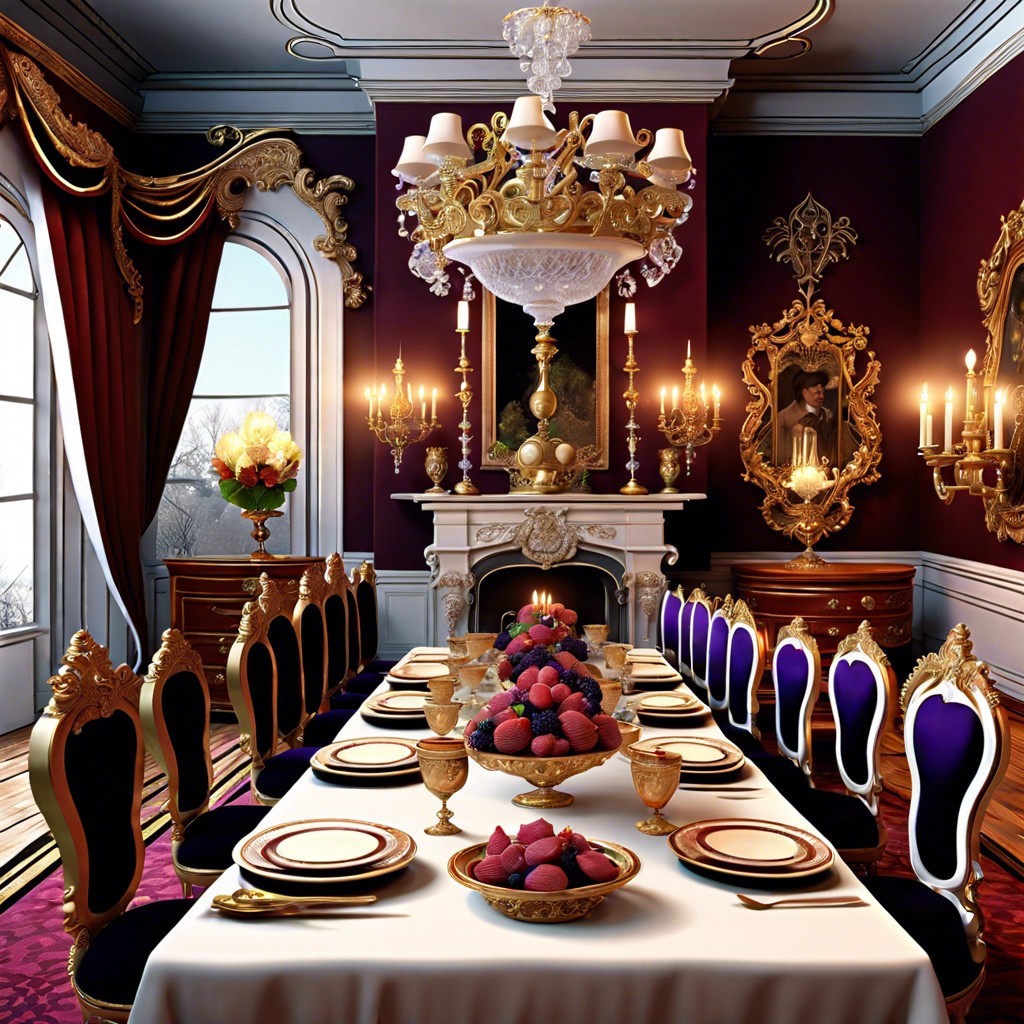Last updated on
This article clarifies the age range that defines vintage items and how it differentiates from antique and retro classifications.
Key takeaways:
- Vintage items range from 20 to 99 years old.
- Vintage classification involves provenance, production techniques, and stylistic features.
- Condition plays a crucial role in assessing vintage items’ allure and worth.
- Antiques are at least 100 years old, while retro replicates past trends.
- Market demand influences how vintage items are perceived and valued.
Definition of Vintage
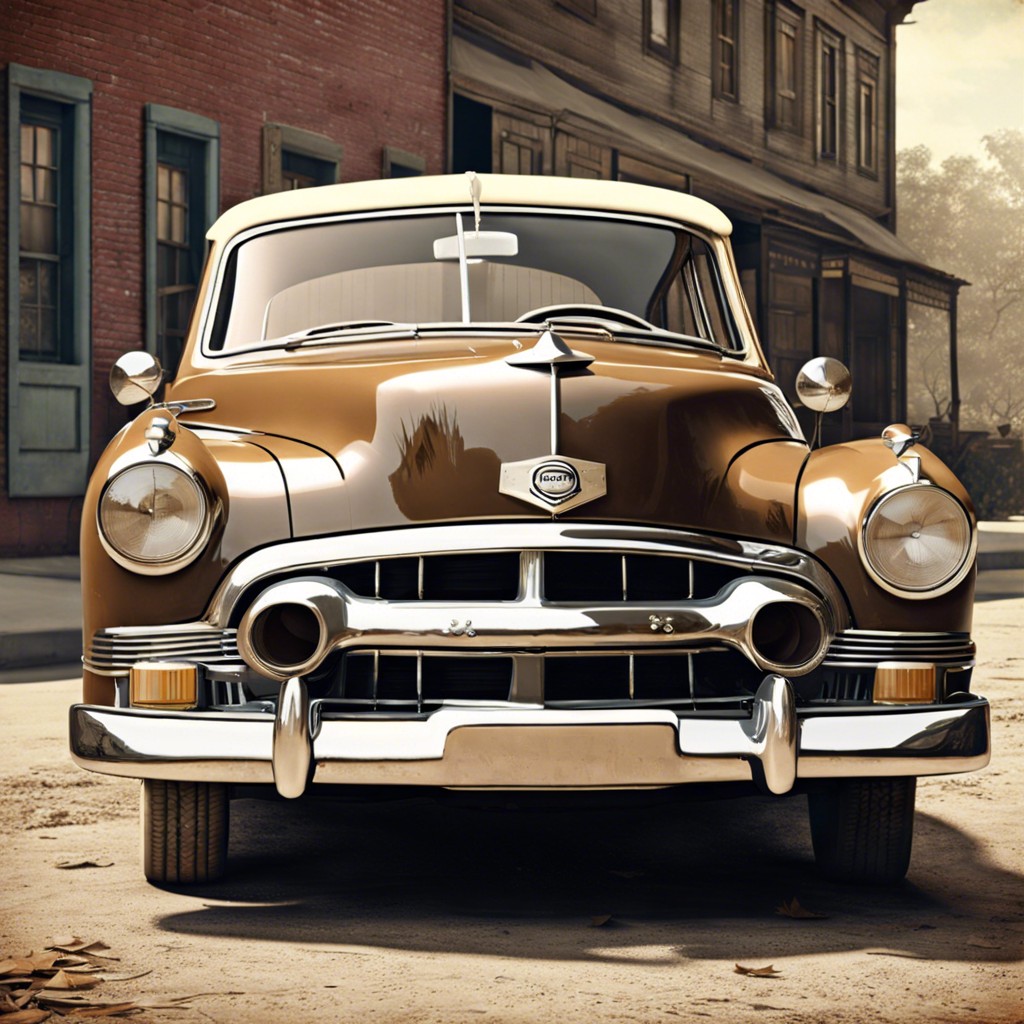
Vintage typically refers to items that have been previously loved and cherished, originating from a previous era. These pieces usually range from 20 to 99 years old, highlighting their enduring appeal and craftsmanship. Unlike antiques, which must be at least 100 years old, vintage items capture the essence of a specific period within the last century. This category spans a wide array of objects, including clothing, cars, jewelry, and furnishings, all of which must convey the distinctive styles and trends of their time. Moreover, the authenticity of a vintage piece is essential—reproductions or items mimicking past styles without a genuine historical origin do not qualify. At the core, vintage speaks to both age and the quality of representing a specific period’s aesthetic nuances.
Timeframe for Vintage Classification
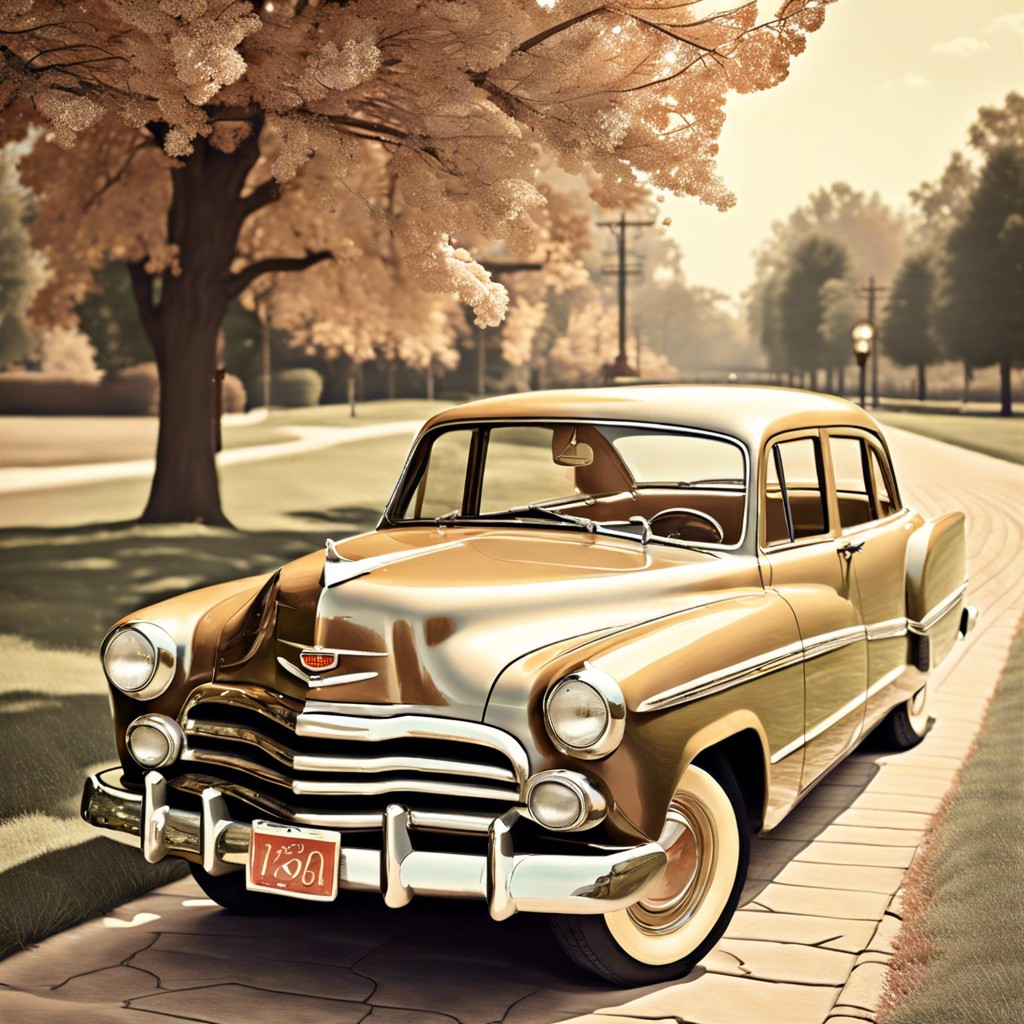
Generally, an item is considered vintage if it is between 20 to 100 years old. This timespan ensures that the piece reflects a certain historical period without crossing into antique territory, which refers to items that are over 100 years old. It’s important to note that not every item that reaches the age of 20 automatically gains the vintage label; it must also possess distinct qualities that capture the essence of the era it represents.
Vintage classification is not solely based on age. It involves a nuanced understanding of the item’s provenance, production techniques, and stylistic features indicative of a specific time period. For example, clothing from the 1950s, with its distinctive fabrics and silhouettes, is readily classified as vintage due to its recognizable style qualities.
The influence of popular culture can also accelerate an item’s vintage status. Objects that have cultural, historical, or nostalgic significance may achieve this classification more rapidly, considering they vividly represent the zeitgeist of a particular decade.
Manufacturers sometimes mark products with the year of production, which can aid in determining an item’s vintage status. However, in the absence of a clear manufacturing date, provenance and stylistic examination are integral for accurate classification.
The Impact of Condition On Vintage Status
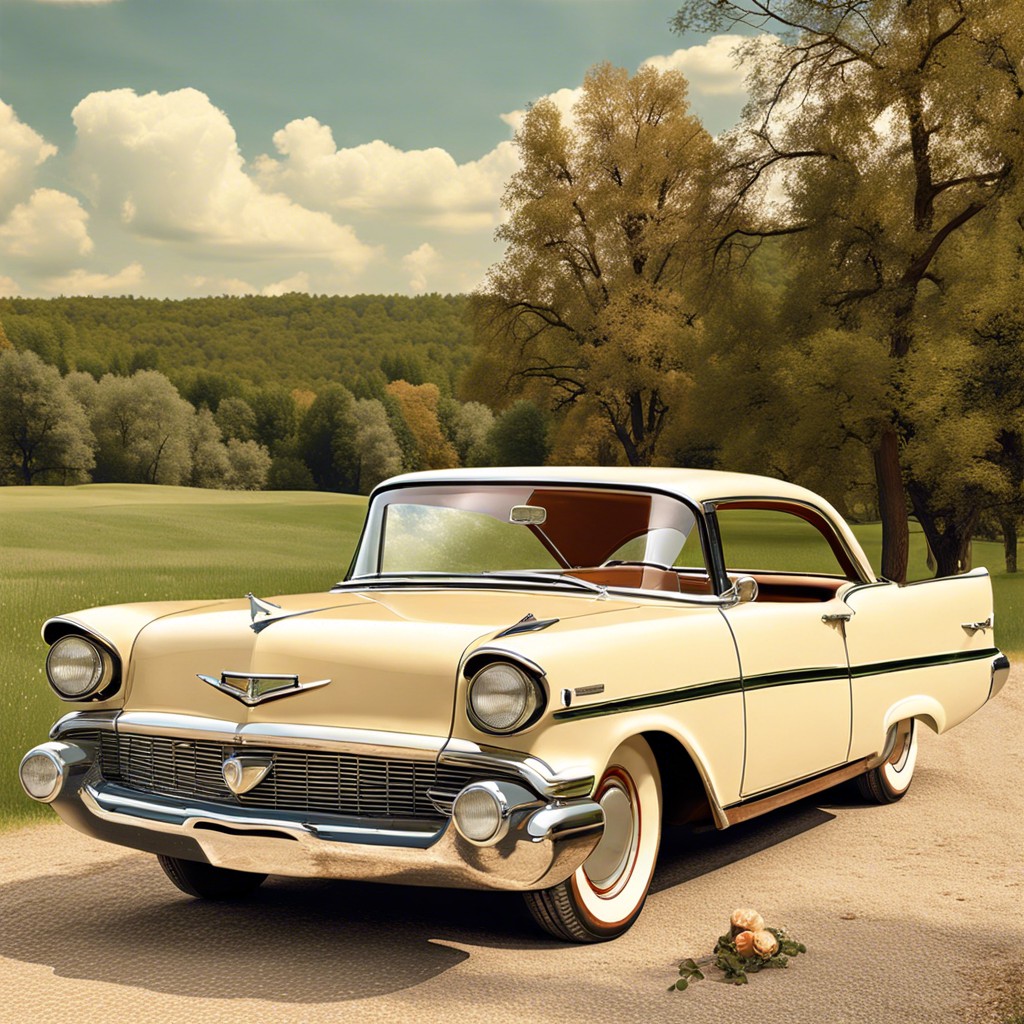
The condition plays a pivotal role in assessing a vintage item’s allure and worth. Items preserved in their original state, with minimal wear and intact features, are often coveted. Flaws such as scratches or discoloration can detract from an item’s value, but in some cases, signs of use may authenticate its history and add to its charm.
However, it is important to distinguish between patina, which can enhance an item’s appeal, and damage, which can undermine it. A patina that has developed over time, illustrating a gentle wear, is usually embraced by collectors and can even increase an item’s value. On the other hand, significant damage or alterations, such as replaced parts or modern repairs, can significantly diminish a vintage item’s authenticity and detract from its market value.
Moreover, the relevance of condition can also be subject to the type of item in question. For example, vintage fashion and textiles often require a higher standard of preservation to maintain their desirability, while certain vintage toys and tools with signs of use can still be highly sought after as this demonstrates their history and utility.
Ultimately, when considering the condition of a vintage piece, it is crucial to balance its historical integrity with its present-day aesthetic and functional appeal.
Antique Vs. Vintage Vs. Retro: What’s the Difference?

Understanding the nuances between antique, vintage, and retro can enhance your appreciation for collectible items. Antiques are generally items that are at least 100 years old, distinguishing them through their historical significance and rarity. This age requirement is recognized by most antique dealers and collectors.
Conversely, vintage items, while also associated with the past, typically refer to objects that are at least 20 years old but not yet a century. These pieces reflect the style and trends of a specific era, and their allure often hinges on their representation of the past’s fashion and culture.
Retro, meanwhile, signifies a style that replicates or is inspired by the trends and fashions of the 1950s, 1960s, and 1970s. Unlike antiques or vintage items, retro doesn’t necessarily denote a creation date; it’s more about the design approach that emulates a previous time period.
Each category caters to distinct aspects of historical appreciation and carries its own market value and community interest. The overall condition, cultural significance, and market desirability play substantial roles in defining these items’ collectibility and worth.
The Role of Market Demand in Vintage Definition

Market demand significantly influences how vintage items are perceived and valued. Popular items from past decades can become ‘vintage’ sooner due to high demand. For example, fashion and toys from the 1980s and 1990s are currently considered vintage because of the nostalgic value and burgeoning market interest. Collectors and enthusiasts drive the trend for these items, often willing to pay a premium for pieces that capture the essence of their childhood or a bygone era.
Conversely, items not in demand may take longer to achieve vintage status or may never be as valued. It’s the collective interest that often cements an item’s place in the vintage market, therefore the desirability of certain periods or styles ebbs and flows with generational shifts and popular culture influences.
Manufacturers and retailers also recognize and respond to these trends, sometimes reproducing vintage-style items to meet consumer cravings for nostalgia. These reproductions, while not authentic vintage, indicate the era’s influence on current market trends.
It is clear that the intersection of supply, demand, and sentimentality shapes the evolving definition of vintage within the marketplace.
